
View of wind turbine blades to be exported from Lianyungang Port in Jiangsu province in June. (WANG CHUN/FOR CHINA DAILY)
The country saw its wind and photovoltaic installed capacity surpass coal power in June, reaching 1.18 billion kW. The figure exceeded 1.2 billion kW in July, hitting the target set for 2030 six years ahead of schedule and further rising to 1.27 billion kW in August, thus rendering new energy the dominant source of power nationwide.
Zhang expects that China's annual newly added wind and photovoltaic capacity will exceed 100 million kW each year, with 70 percent of energy consumption to come from non-fossil sources by 2030.
Wind and photovoltaic installed capacity will exceed 5 billion kW by 2060, with most power supply coming from new energy sources, he added.
Despite these achievements, the development process also faces many challenges, as renewable energy's intermittent drawbacks pose a challenge to providing China's medium-to-high-speed growth with a stable power supply, he said.
Last year, the installed capacity of new energy grew by over 30 percent, but it only accounted for 15 percent of the nation's total power supply. Wind and solar power, unlike coal-fired electricity, face obstacles in taking on a dominant role at present, he said.
"Currently, the rapid and massive growth of new energy comes with intermittency and volatility, requiring the power grid to have high regulatory and energy storage capabilities."
Huang Shaozhong, a scholar at the China Energy Research Society, said power demand is expected to rigidly increase going forward, with annual demand expected to grow by 800 billion kWh during the 15th Five-Year Plan period (2026-30).
Some academicians predict that by 2060, China's total power demand could reach 20 to 21 trillion kWh, making sufficient power supply even more challenging, especially since energy storage is not yet fully capable of handling the required load and coal power still accounts for a large proportion in many regions, he said.
Zhang added that China currently faces uneven distribution of load and resources, as well as increasing pressure on grid integration and consumption, as approximately 80 percent of wind and 90 percent of solar resources are located in western and northern regions, 1,000 to 2,000 kilometers away from coastal areas where most electricity is consumed.
Despite the relatively low operating costs, renewable energy prices delivered to consumers are far higher than coal power when transportation costs are factored in, making solutions like energy storage, regulatory power sources, trading of green certificates and new energy consumption quotas necessary, he said.
Zhang suggested accelerating the cultivation of new energy sectors such as electric vehicles, energy storage and hydrogen production as these modalities can consume excess electricity to avoid waste of renewable power.
He also emphasized strengthening international cooperation in the new energy sector, promoting interconnectivity of power infrastructure with neighboring countries, deepening global green cooperation, facilitating the deployment of wind, solar and smart energy projects, and fostering a win-win global energy development framework.
According to Song Feng, director of the department of energy economics at the School of Applied Economics under Renmin University of China, the nation's energy sector has already seen cooperation and investment through initiatives like the Belt and Road Initiative, showcasing China's competitive advantages in systemic strength.
Song recommended leveraging China's massive market to drive industrial innovation and fully utilizing the country's systemic competitiveness and the combined advantages of its industrial chain.
She added that digitization and intelligent technologies are already modernizing traditional energy sources. The digitization of thermal power generation and the power grid, for example, plays a crucial role in efficiently managing and dispatching electricity in the face of new energy instability.








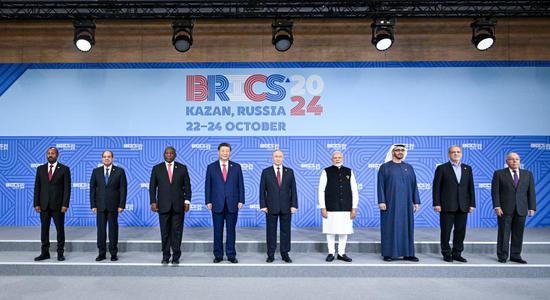

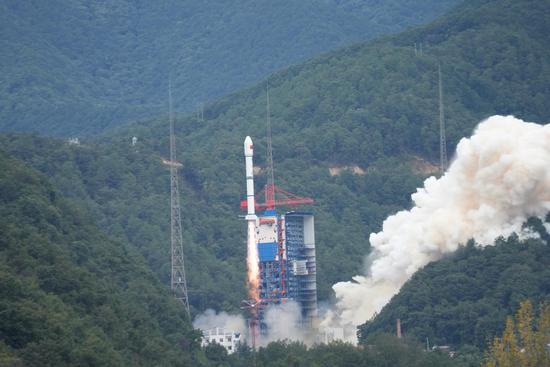
















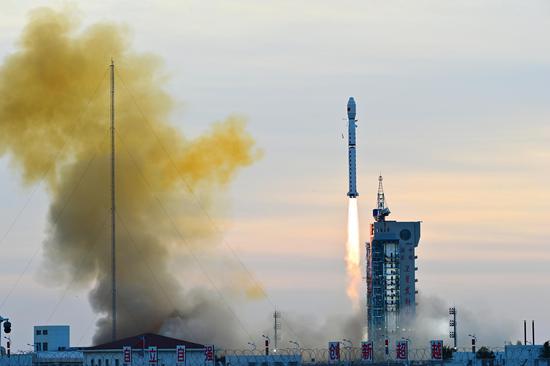




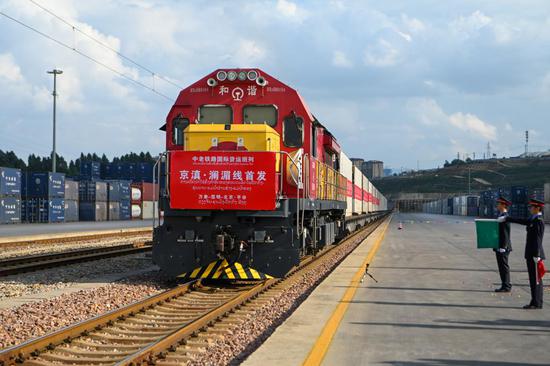





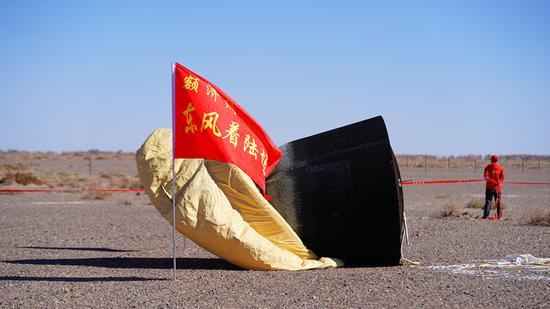




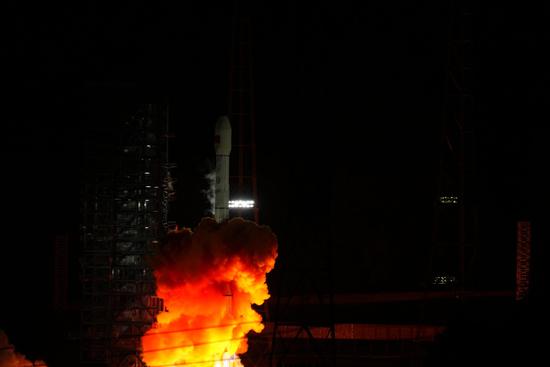


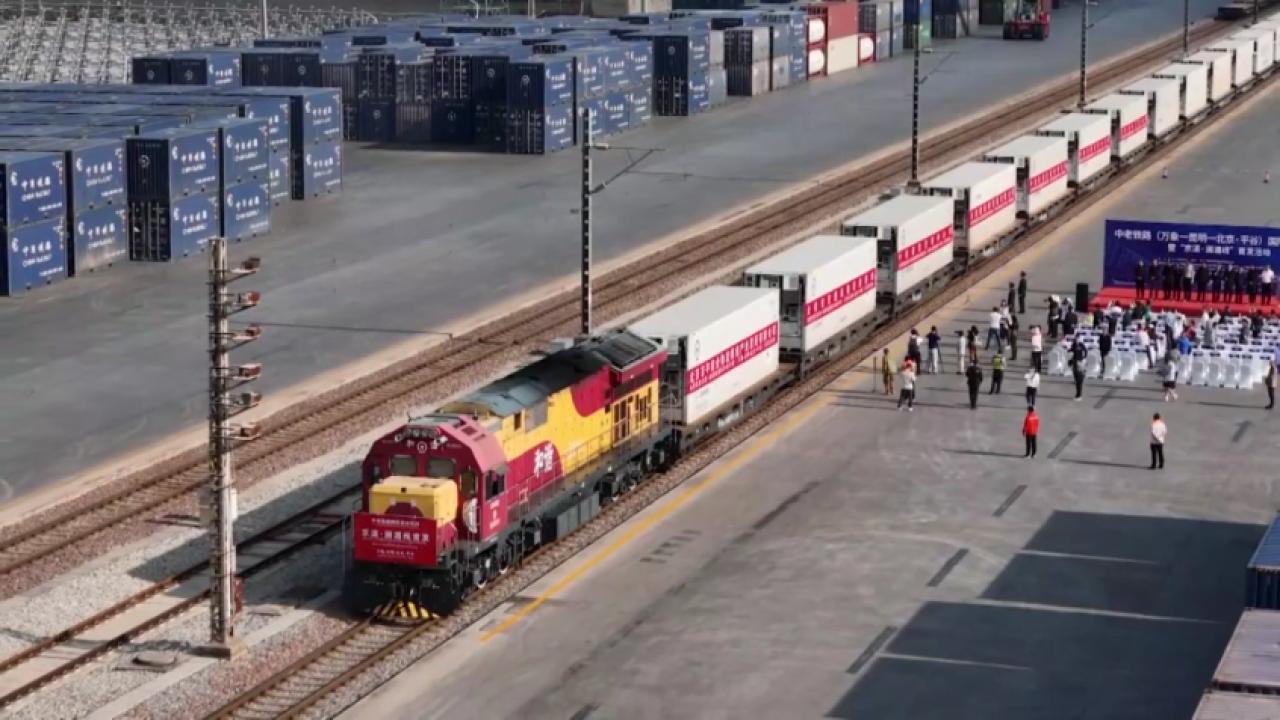

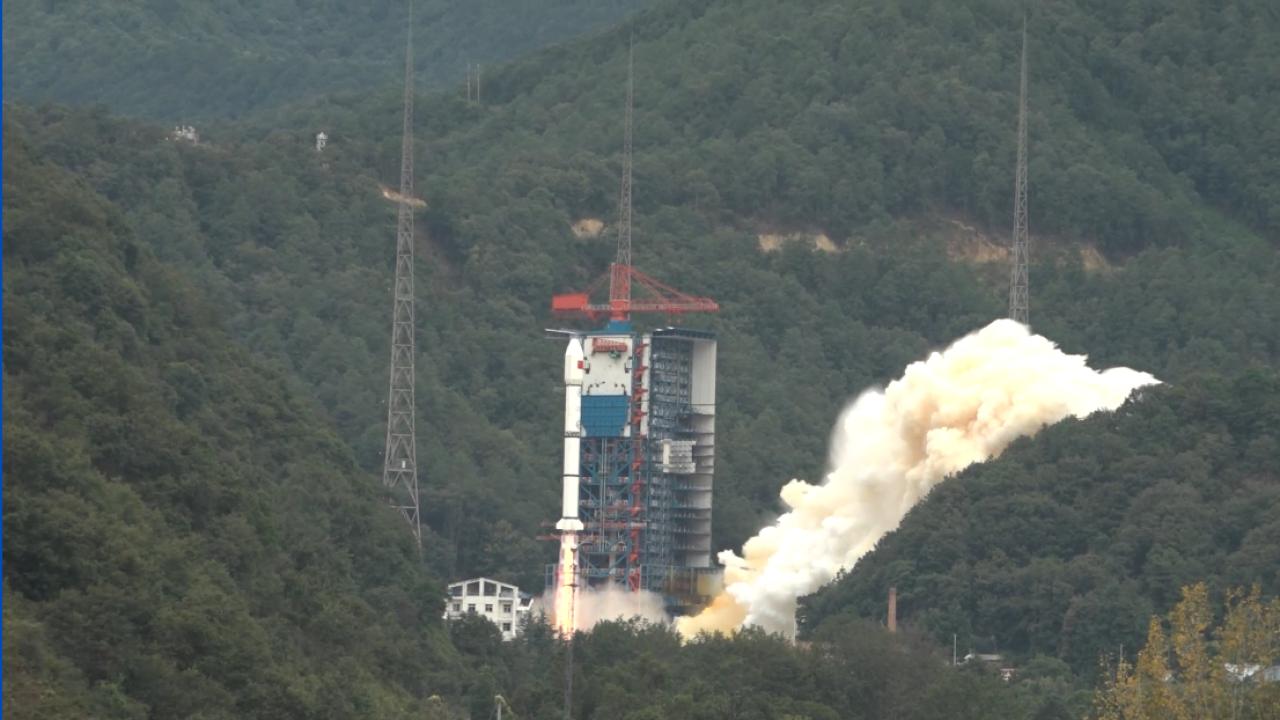

 京公网安备 11010202009201号
京公网安备 11010202009201号